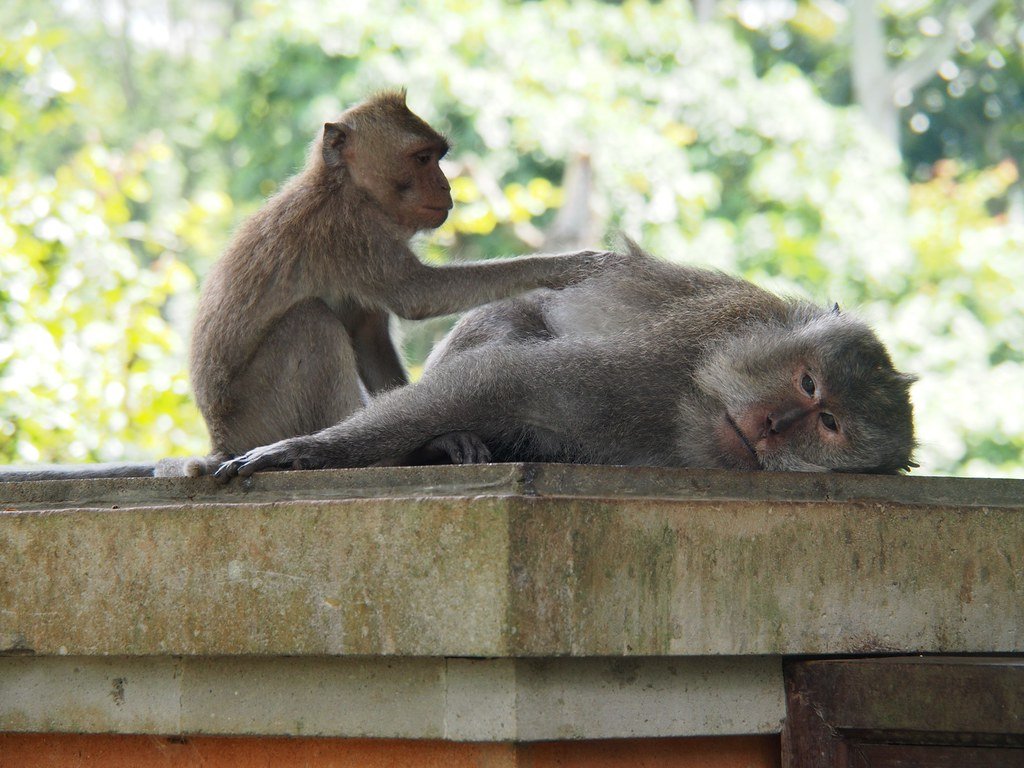Bali, an island paradise renowned for its stunning landscapes and vibrant culture, is home to a peculiar phenomenon that captivates visitors and researchers alike. Among the lush greenery and ancient temples, an unexpected encounter awaits with the island’s most notorious residents: the thieving monkeys. These clever primates have developed a unique behavior that involves pilfering tourists’ belongings and holding them for ransom in exchange for food. The spectacle is both amusing and puzzling, offering a fascinating glimpse into their cunning intelligence and adaptability.
Meet the Mischievous Macaques
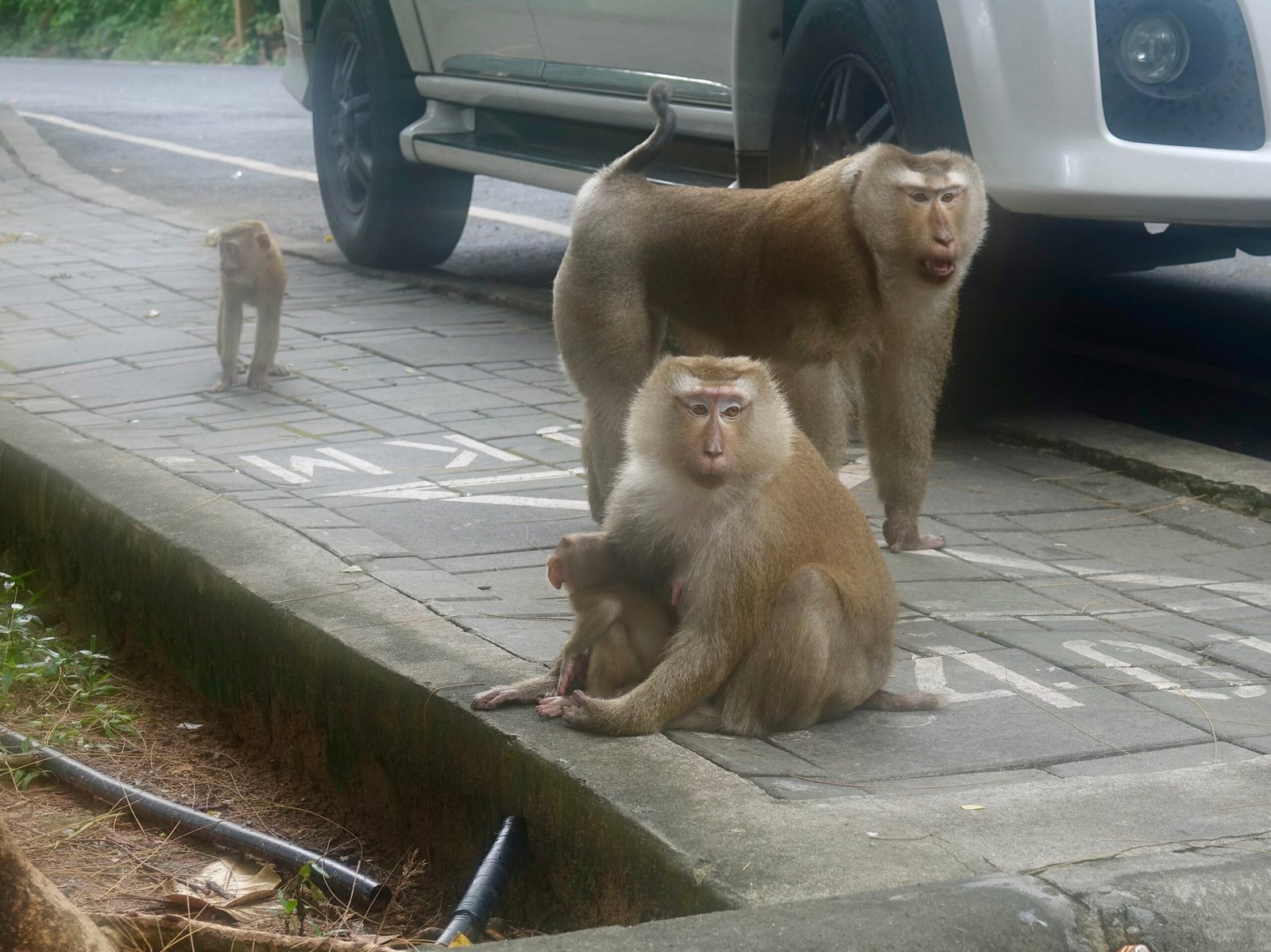
The primary actors in this cheeky drama are the long-tailed macaques, scientifically known as Macaca fascicularis. These monkeys are a common sight in Bali, especially around the sacred Uluwatu Temple and the Ubud Monkey Forest. Characterized by their distinctive long tails and expressive faces, the macaques are social animals that thrive in groups. Their playful nature and curiosity often lead them to interact with humans, resulting in the infamous thefts that have become a hallmark of their behavior.
The Art of the Steal
The monkeys’ thieving antics are not mere acts of randomness; they are calculated and deliberate. Observers have noted that the macaques are skilled at identifying valuable items such as sunglasses, hats, and even cameras, which they snatch from unsuspecting tourists. This behavior is not just about acquiring objects; it is a sophisticated strategy to obtain food. The monkeys have learned that by taking possessions, they can leverage them for treats, effectively turning the act of theft into a lucrative enterprise.
Ransom Negotiations: A Monkey Business
Once a monkey has captured a prized item, it retreats to a safe distance, clutching its loot tightly. This is where the real skill of negotiation comes into play. Tourists, eager to retrieve their belongings, often find themselves bartering with the macaques, offering snacks in exchange for their possessions. The monkeys have become adept at this exchange, knowing exactly when to release the item to maximize their gain. It is a fascinating display of problem-solving and social intelligence that highlights the monkeys’ ability to adapt to their environment.
Scientific Insights into Monkey Behavior
Researchers have delved into the behavioral patterns of these macaques to understand the underlying motivations and cognitive abilities driving their actions. Studies suggest that the monkeys’ propensity for theft is not merely opportunistic but rather a learned behavior passed down through generations. The ability to use objects as tools for negotiation reflects a complex understanding of cause and effect, as well as a keen perception of human behavior. This insight into their cognitive capabilities offers a window into the evolutionary development of primate intelligence.
The Cultural Context of Monkey Theft
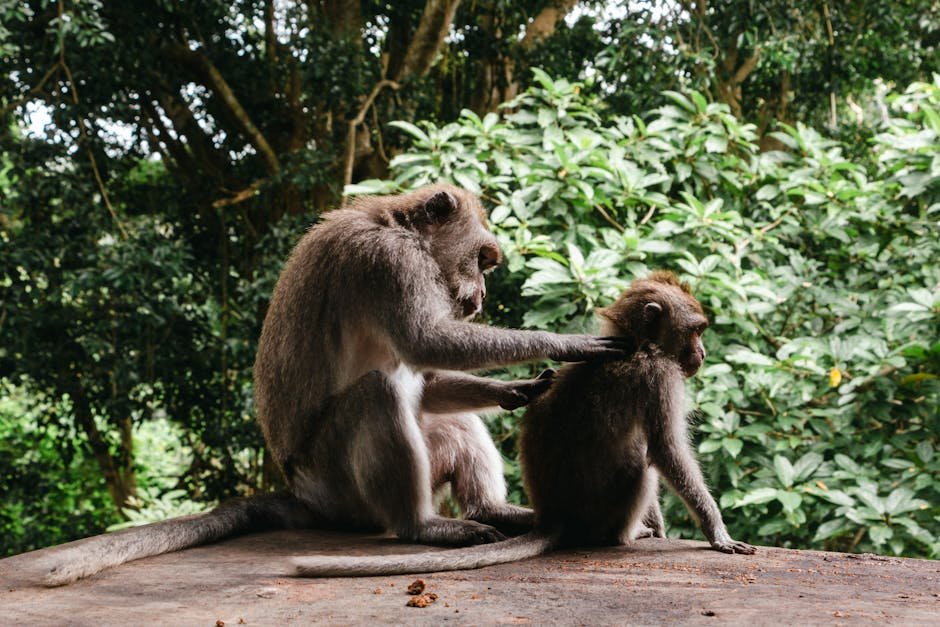
The phenomenon of monkey theft is not only a subject of scientific intrigue but also a cultural spectacle that has become embedded in Bali’s tourism narrative. Visitors flock to the island, eager to witness the antics of these clever primates. Local guides often regale tourists with tales of monkey mischief, adding to the allure and mystique of the island. The behavior of the macaques has become a part of the cultural tapestry, reflecting the harmonious coexistence of humans and wildlife in this unique environment.
Implications for Conservation and Tourism
While the antics of the thieving monkeys may seem amusing, they also raise important questions about the intersection of wildlife behavior and tourism. The reliance on human interaction and the subsequent dependency on food rewards could have implications for the natural behavior and health of the macaque populations. Conservationists are concerned that this dependency may alter the monkeys’ dietary habits and disrupt their ecological roles. Balancing the needs of tourism and wildlife conservation is crucial to ensuring the well-being of both the macaques and the local ecosystem.
Human-Monkey Dynamics: A Delicate Balance
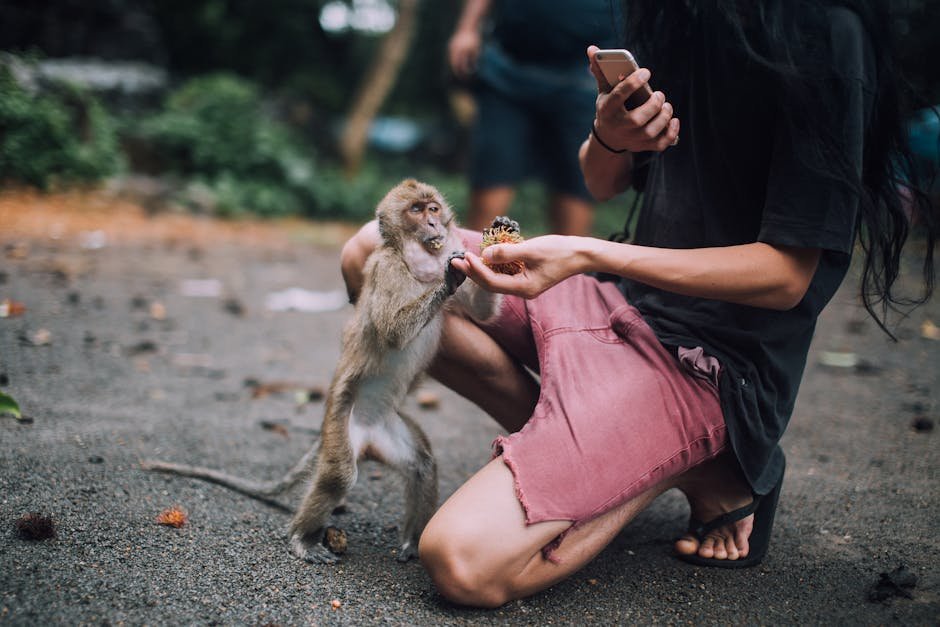
The relationship between humans and monkeys in Bali is a complex dance of coexistence and conflict. Tourists are drawn to the monkeys for their charm and clever antics, yet the interactions are not without challenges. The potential for aggressive encounters and the risk of injury or disease transmission are real concerns that require careful management. Education and awareness campaigns are essential to fostering respectful and safe interactions between humans and monkeys, promoting a sustainable and harmonious coexistence.
A Call to Action for Responsible Tourism
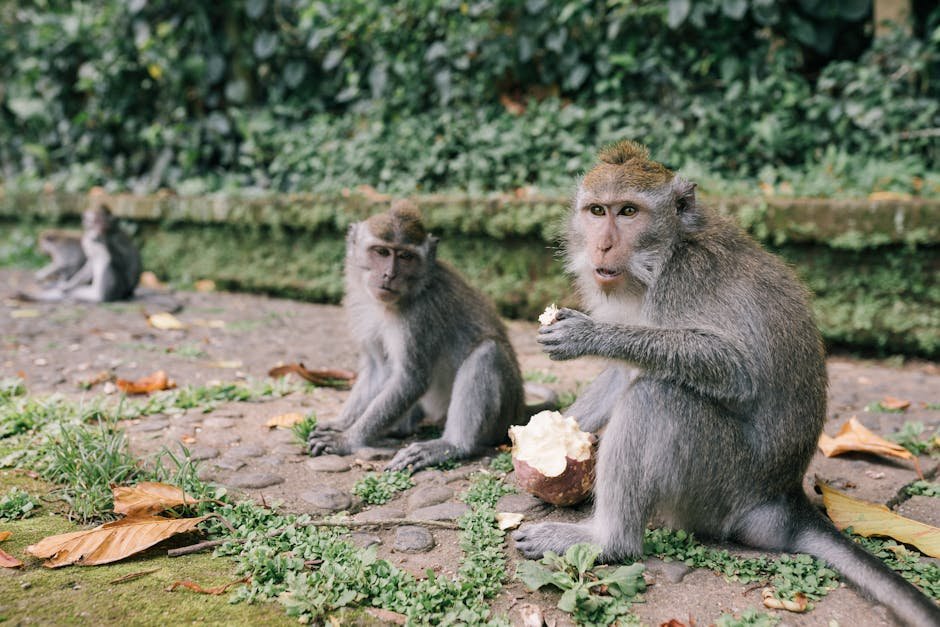
The story of Bali’s thieving monkeys serves as a reminder of the impact of human activities on wildlife behavior. As travelers, it is our responsibility to engage in ethical and sustainable tourism practices that respect the natural habitats and behaviors of the animals we encounter. By minimizing our interference and supporting conservation efforts, we can help preserve the delicate balance of ecosystems and protect the unique cultural and natural heritage of destinations like Bali.
The Future of Monkey-Human Interactions
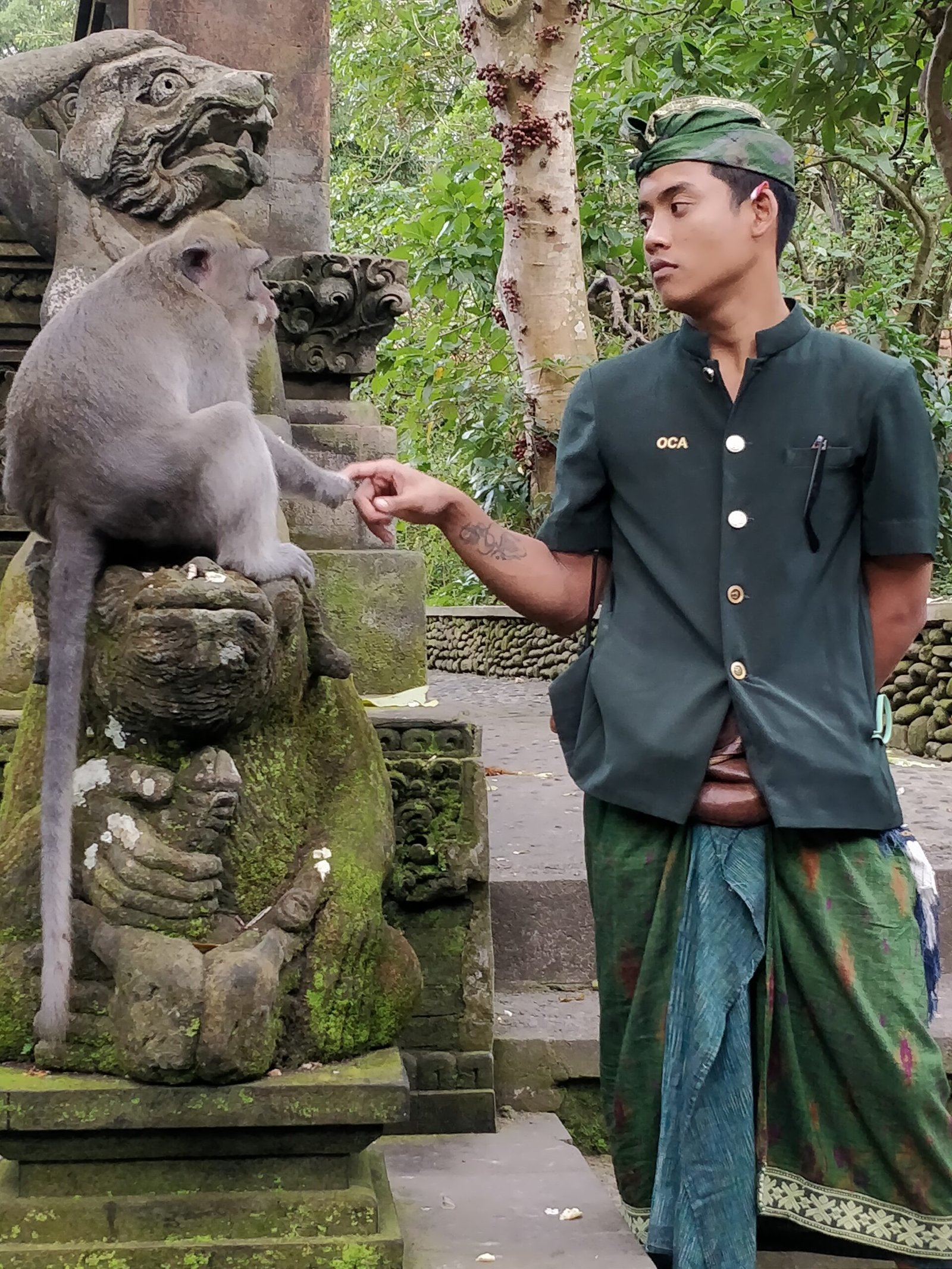
The ongoing interactions between humans and monkeys in Bali offer a unique opportunity to study the evolution of animal behavior in response to anthropogenic influences. As researchers continue to explore the cognitive and social dynamics of these primates, the findings could provide valuable insights into the broader field of animal behavior and cognition. The future of monkey-human interactions will depend on our ability to adapt and innovate, finding ways to coexist that benefit both species.
Embracing the Wonder of Nature
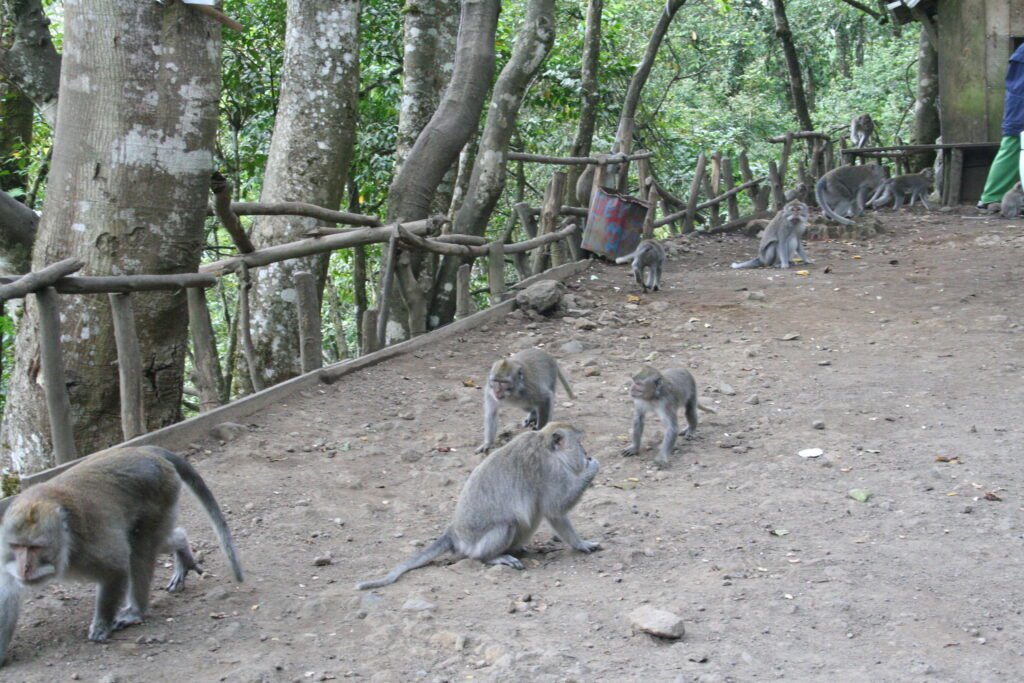
In the end, the story of the monkeys that steal and ransom in Bali is a testament to the wonder and complexity of nature. These clever creatures remind us of the richness of the world we inhabit and the intricate web of relationships that connect us to the animal kingdom. By approaching these interactions with curiosity, respect, and a sense of stewardship, we can embrace the beauty of our shared planet and contribute to a more sustainable and harmonious future.

